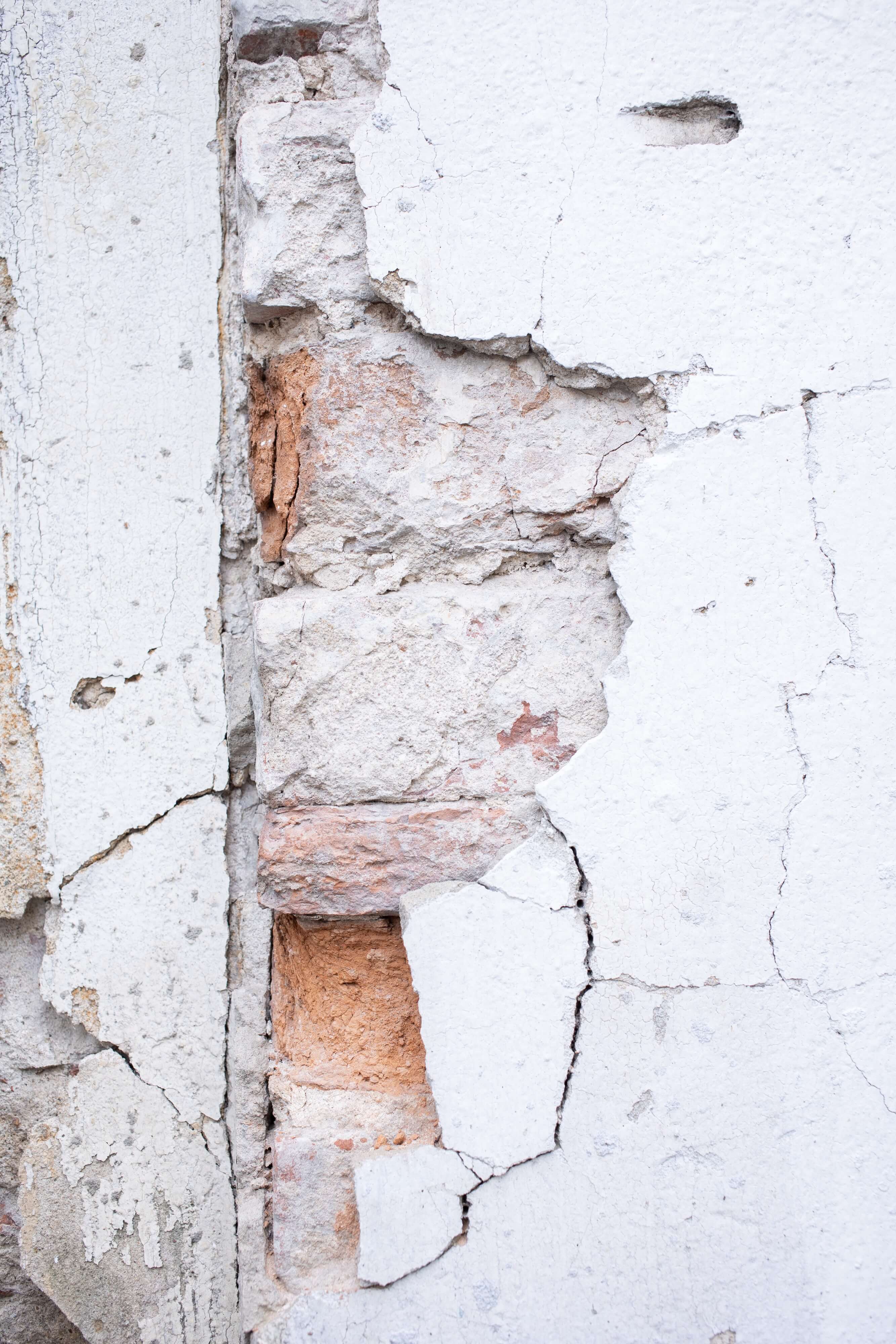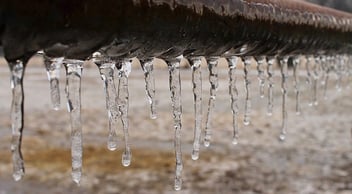Stucco is a type of siding on the exterior of buildings that has been popular since the early 1900s. It is made of cement, silica, and limestone, and it creates a thin layer of insulation to the exterior of a building. Unfortunately, when it is not properly installed, or the contractor cut corners, it can cause major problems for homeowners.
Stucco is a porous material and it can let in moisture, and since it is not necessarily obvious right away, it can cause major damage to a home before it is discovered. The problems include mold and mildew, water damage, pest and insect infestations, damages to personal property, and illness. If the wood under the stucco is allowed to rot for too long, the entire house can become uninhabitable and need to be completely redone.
Blaine Illingworth, a certified home inspector and national expert on stucco application, says “I have seen walls buckle. I mean houses quite literally start to collapse.” Illingworth said that if water gets behind stucco, “The wood sheathing behind the stucco starts to rot. That fungus runs into the wood framing of the house.” One sign of problems with your stucco is “stucco tears” which, according to Illingworth is “actually growing algae in the stucco itself and so you get these greenish black stains.”
Insurance Coverage
The problem with stucco is water getting behind it, so it falls into that tricky category of water damage. If your home has a synthetic stucco called an Exterior Insulation and Finish System (EIFS), it might not be covered. If the stucco was not installed by a certified and licensed professional, your insurance is unlikely to cover the damages.
In general, for your insurance to cover the damages caused by stucco, the stucco needs to have been installed by someone who is licensed in the field, the damage cannot be older than your insurance policy, and the damage must be provable. One of the major reasons why insurance companies may not cover stucco damage is because it was another party’s fault, and they should be the one to reimburse you for the damages.
Since the stucco damage is usually caused by someone not installing it properly, you may be able to file a lawsuit against the contractor who installed the stucco. The contractor’s insurance policy may cover the damage too if you can prove it was the contractor’s installation that led to the damages. When you have the stucco installed, ask your contractor if there is a warranty you can purchase for the work; this may help you if you do discover damages to the stucco later on, so long as the damages appear before the warranty runs out.
The stucco can become damaged over time too, which is when your insurance is more likely to cover it all. the foundation settling over time can cause stucco to begin to crack. The cracks are often tiny and easy to miss, but once you notice them, you should have them addressed quickly to help you avoid some of the damages.




 Storm Damage
Storm Damage  Property Damage
Property Damage Appraisal Services
Appraisal Services Contact Us
Contact Us




.jpg)
 claims@ucspa.com
claims@ucspa.com Mon-Fri: 9:00am-5:00pm
Mon-Fri: 9:00am-5:00pm